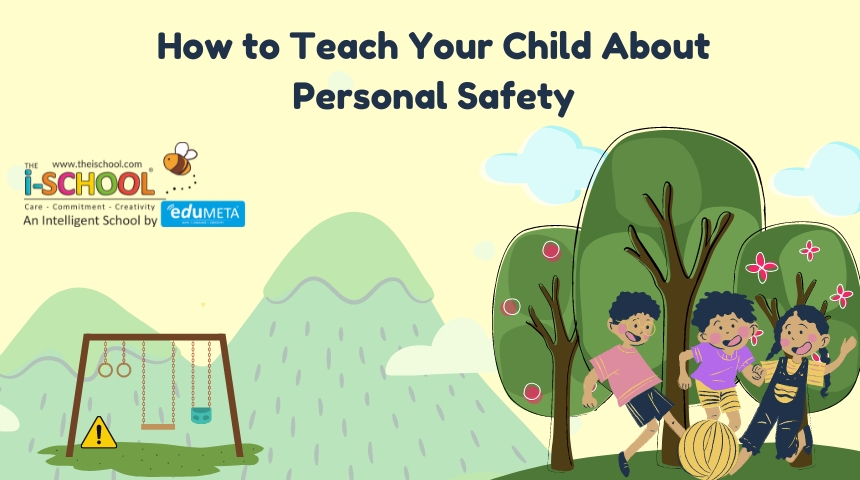How to Teach Your Child About Personal Safety

Teaching children about personal safety is essential to ensure their well-being and to empower them with the knowledge to protect themselves. Here are some effective strategies to help your child understand and practice personal safety:
1. Open Communication
Start Early: Begin discussing safety from a young age, using age-appropriate language. Encourage Questions: Make sure your child knows they can ask you anything and that their questions are important.
2. Use Clear and Simple Language
Be Direct: Use clear and straightforward language to explain safety rules. Repeat Often: Reiterate safety messages regularly to reinforce their importance.
3. Teach Them About Safe and Unsafe Touch
Define Safe Touch: Explain what safe touches are, such as hugs from family or holding hands in a safe environment. Identify Unsafe Touch: Teach them to recognize unsafe touches and to understand that their body is private.
4. Create a Safety Plan
Identify Trusted Adults: Help your child identify which adults they can trust and go to for help. Practice Scenarios: Role-play different scenarios so your child knows how to react in various situations.
5. Teach Them to Trust Their Instincts
Listen to Their Feelings: Encourage your child to trust their feelings if something doesn’t seem right. Say No and Get Away: Teach them that it’s okay to say no and leave any situation that makes them uncomfortable.
6. Explain the Importance of Boundaries
Personal Space: Help your child understand the concept of personal space and respecting others’ boundaries. Consent: Teach them to ask for consent before touching others and to expect the same from others.
7. Discuss Stranger Safety
Define Strangers: Explain who strangers are and that not all strangers are dangerous, but some might be. Safety Rules: Teach your child never to go anywhere with a stranger and to avoid accepting gifts or rides from them.
8. Teach Them About Online Safety
Safe Internet Use: Discuss the importance of not sharing personal information online. Supervision: Ensure they understand that they should only use the internet under your supervision.
9. Use Books and Resources
Educational Books: Utilize children’s books and resources that teach safety in an engaging way. Videos and Games: Incorporate educational videos and games that focus on personal safety.
10. Encourage Them to Speak Up
Voice Their Concerns: Teach your child that they should always tell you or a trusted adult if something happens that makes them feel unsafe. No Secrets: Make sure your child knows they should never keep secrets about inappropriate touches or uncomfortable situations.
11. Teach Emergency Information
Contact Information: Ensure your child knows their full name, address, and your phone number. Emergency Numbers: Teach them how to dial emergency numbers and what information to provide.
12. Practice Safe Behaviors
Walking to School: Practice walking routes to school or the bus stop together, pointing out safe places to go if they need help. Safety Drills: Regularly practice safety drills at home for fire, natural disasters, and other emergencies.
13. Model Safe Behavior
Set an Example: Model the behavior you want to see in your child. Follow safety rules and show them how to stay safe. Positive Reinforcement: Praise your child when they follow safety rules correctly.
Conclusion
Teaching your child about personal safety is a continuous process that requires patience, consistency, and open communication. By incorporating these strategies, you can help your child develop the skills and confidence needed to navigate the world safely. Remember, the goal is to empower your child with knowledge and to create an environment where they feel comfortable discussing their concerns and asking questions.
